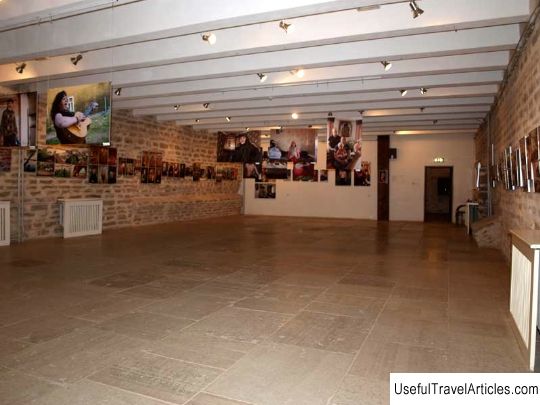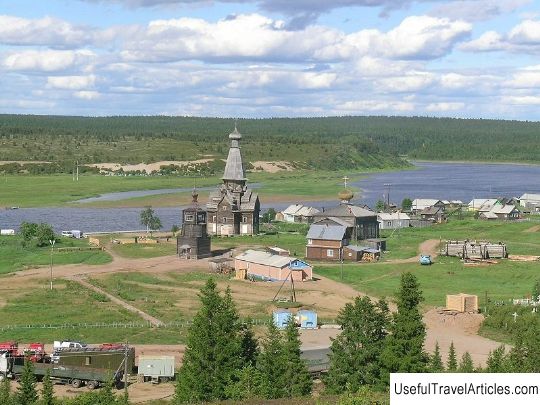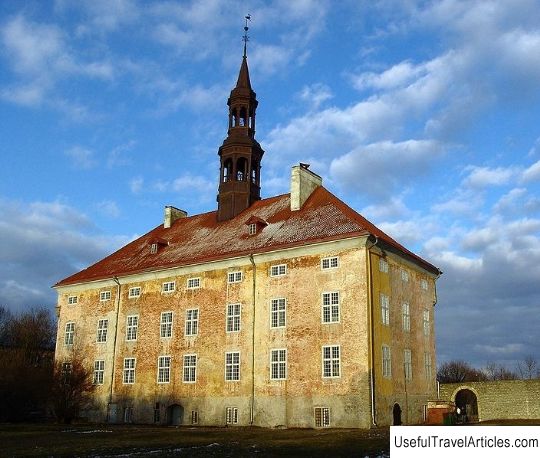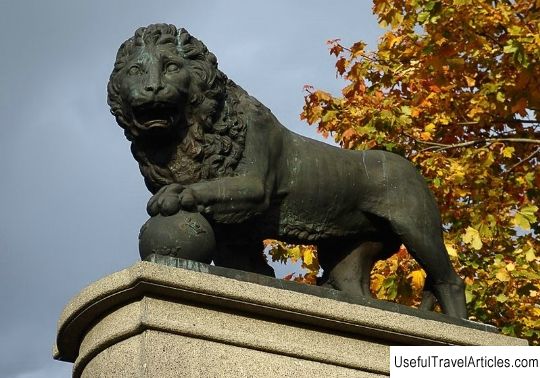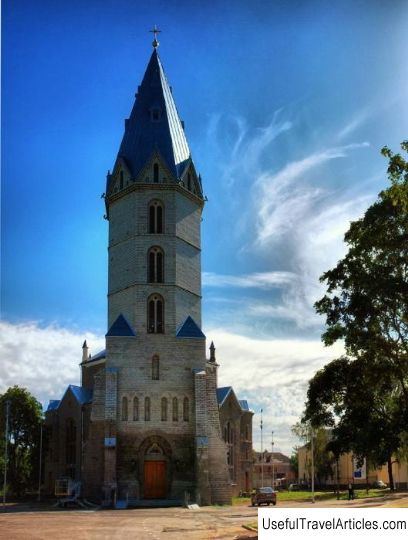Herman's castle (Hermanni linnus) description and photos - Estonia: Narva
Rating: 8,4/10 (3920 votes) 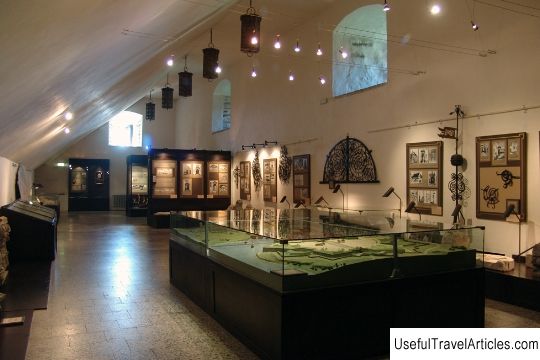
Narva Castle of Herman (Hermanni linnus) description and photos - Estonia: Narva. Detailed information about the attraction. Description, photographs and a map showing the nearest significant objects. The name in English is Hermanni linnus. Photo and descriptionThe economically advantageous location of the city of Narva on the border and the intersection of trade routes has made it possible for the city to earn a good fortune. However, this border location made the city the first object of conquest, the first target during wars and conflicts. Therefore, over the centuries, the rulers have spared no money to create a system for strengthening Narva. It can be called a miracle that the Narva Castle, which has survived a huge number of wars and repeated reconstruction, has survived to our times, and today we can enjoy its magnificent view. Historians have no consensus about the exact date of the foundation of the castle. However, they agree on the sequence of events. First, around the 13th century. the Danes who conquered Northern Estonia, built a wooden fortress at the intersection of the river. Narva and the old road. The city of Narva developed under the protection of this fortress. At the beginning of the 14th century, after a series of conflicts with the Russians, the Danes began to build a stone fortress, which was the predecessor of the present castle of Hermann. The stone defensive fortress was a castle with a tower and walls 40 m high. A little later, an outer courtyard was completed, where local residents were allowed to hide in case of war. In 1347 Northern Estonia (including Narva) was sold to the Livonian Order, which converted the castle into a convention house. There used to be a wall around the city, which, unfortunately, has not survived to this day. It was demolished by decree in 1777. The city wall was about 1 km long. The wall, surrounded by a moat, was fortified by at least 7 towers. In 1558 the Russians conquered the city from the Livonian Order, but already in 1581 Narva was again taken over by the Swedes. In the historical chronicles there is a detailed description of how Swedish cannons punched holes in the wall for 2 days. The Swedes were well aware that the defenses of the castle were already outdated and in a new battle they would not withstand firearms. Therefore, they carried out repeated work to modernize and strengthen defensive structures. On the territory of the old town of Narva there is a hill, which is the ruins of the "King's Wall" bastion, where most likely there were earthen towers. In 1683, the Swedish king approved a project to create a completely new system for strengthening structures, developed by the famous military engineer Eric Dahlberg. According to the project, defensive structures in the form of a city wall remained inside the fortification zone, due to which they almost completely lost their functionality. Only the side facing the river remained unchanged, while the northern and western parts were expanded. Construction on the project began in 1684 and lasted until 1704, when the city was again conquered by the Russians. Thanks to the huge costs spent on this project, Narva became the city with the most powerful defense system of that time in Eastern Europe. The coastal bastions of Victoria, Pax (or Wrangel) and Honor have survived to this day. In addition to them, the Fortuna Bastion, which is located on the southwestern corner of the castle, the Gloria Bastion, located at the end of Westervalli Street, and the southern wall of the Triumph Bastion, which is located near the square, are well preserved. Peter. On the outer walls of the Gloria and Victoria bastions, you can see the entrances to the casemates, which today are in danger of collapse. After the victory of Russia in the Northern War, Estonia, including Narva, passed to Russia. The city has lost its strategic importance. In 1863, Narva ceased to be a fortified city, and on the territory of the Victoria bastion near the river, a park began to be built, which, due to its proximity to the Dark Gate, was named the Dark Garden. Narva Castle and the city itself were badly damaged during the Second World War. The revival of the old castle began in 1950. The building is under reconstruction to this day. Today, the preserved objects are actively used by both local residents and tourists. The castle houses the Narva Museum, and a beautiful park has been created on the bastions, great for walking and relaxing. In addition to the permanent exhibition, temporary exhibitions are also held in Narva Castle. Also on the territory of the fortress a variety of events, celebrations and festivals are held.           We also recommend reading Narovchatsky Trinity-Scanov nunnery description and photos - Russia - Volga region: Penza region Topic: Herman's castle (Hermanni linnus) description and photos - Estonia: Narva. |
